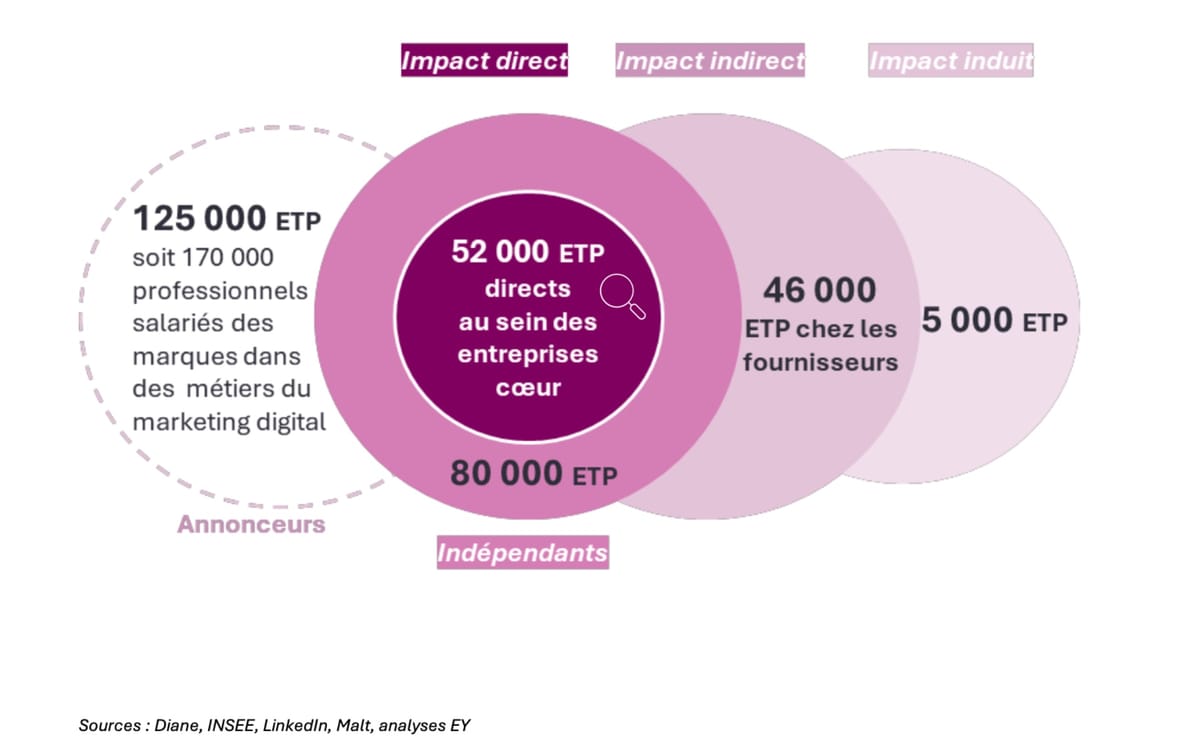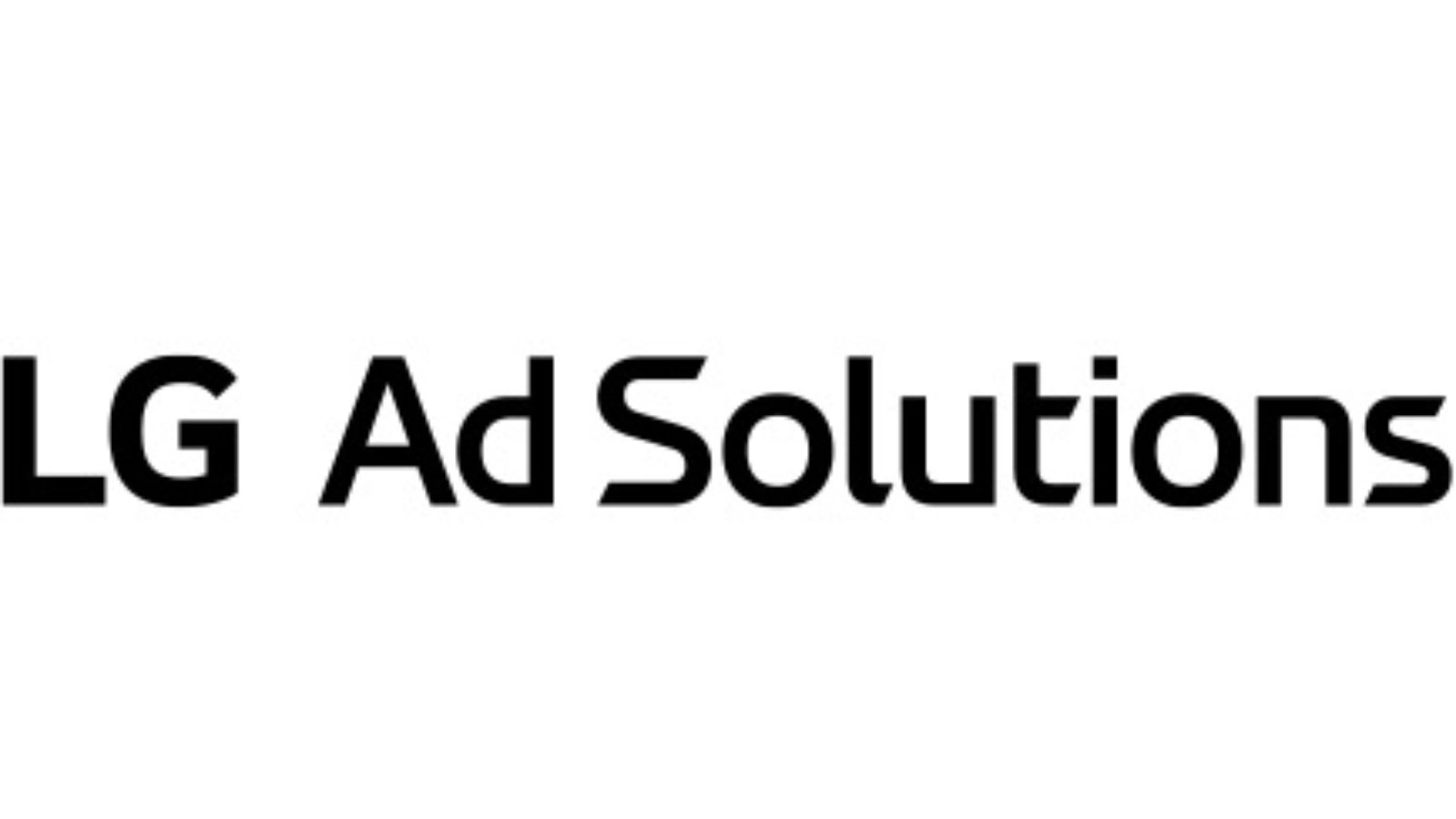Introduction
In the current dynamic and competitive business environment, creating interest in products and services is essential for sustaining expansion and maintaining a competitive edge. However, for numerous marketers, the notion of generating demand may appear perplexing, characterized by intricacies and uncertainties. This comprehensive manual seeks to elucidate the concept of demand generation within the realm of marketing, offering clarity and insights into its significance, strategies, and execution. Whether you are an experienced marketer seeking to enhance your tactics or a novice eager to learn, this guide will furnish you with the expertise and resources required to excel in demand generation and achieve measurable outcomes for your organization. Let us embark on this shared journey and decode the intricacies of demand generation in marketing.
What exactly does demand generation entail?
Demand generation refers to the set of strategies and techniques employed by marketers to foster awareness and interest in their products or services, with the goal of stimulating demand and nurturing potential customers through the sales funnel. Unlike lead generation, which focuses solely on acquiring leads, demand generation takes a more comprehensive approach, aiming to cultivate brand recognition, engage audiences, and generate interest across various stages of the buyer’s journey. Key aspect of demand generation is its focus on nurturing long-term relationships rather than immediate conversions.
From a technical perspective, demand generation involves a mix of inbound and outbound marketing strategies supported by data analysis and improvement.
· Inbound methods like content marketing, SEO, and social media marketing aim to naturally attract and engage potential customers with valuable information.
· On the other hand, outbound tactics like email marketing, advertising, and events are used to actively engage with prospects and guide them towards conversion.

The Importance of Demand Generation
Essentially, demand generation involves creating interest in products or services by providing value, building connections, and assisting potential customers through the purchase process. This requires a carefully planned strategy that includes elements of innovation, technology expertise, and data analysis to drive tangible results and support business growth in a competitive market.
The significance of demand generation lies in its pivotal role in driving business growth and revenue generation. By effectively implementing demand generation strategies, businesses can:
- Build Brand Awareness: Demand generation initiatives increase the visibility of a brand among its target audience, ensuring that potential customers are aware of its products or services.
- Generate Interest: Through targeted marketing efforts, businesses can pique the interest of potential customers, sparking curiosity and engagement with their offerings.
- Create Demand: Demand generation activities aim to create a desire for the products or services offered by a business, encouraging potential customers to consider making a purchase.
- Nurture Leads: Demand generation involves nurturing leads at various stages of the buyer’s journey, guiding them towards conversion through personalized and relevant interactions.
- Drive Conversions: By effectively engaging and nurturing leads, demand generation ultimately leads to increased conversion rates, as potential customers move through the sales funnel and make purchasing decisions.
- Maximize Revenue: A well-executed demand generation strategy can result in higher sales volumes and increased revenue for businesses, contributing to overall growth and profitability.
- Enhance Customer Relationships: Demand generation efforts involve ongoing communication and interaction with potential customers, fostering stronger relationships and loyalty over time.
- Stay Competitive: In today’s competitive market landscape, demand generation is essential for businesses to differentiate themselves from competitors and maintain a strong market presence.
Essential Tactics for Stimulating Customer Demand
In the realm of demand generation, it is imperative to utilize strategic methods to pique customer interest and create demand for your offerings. The following are key strategies to consider:
- Personalized Marketing Campaigns: Tailor your marketing messages and content to resonate with the specific needs and preferences of your target audience. By delivering personalized experiences, you can enhance engagement and foster stronger connections with potential customers.
- Interactive Content Creation: Engage your audience with interactive content such as quizzes, polls, assessments, and calculators. Interactive content not only captures attention but also encourages active participation, making it more memorable and shareable.
- Influencer Partnerships: Collaborate with influencers and thought leaders in your industry to amplify your brand reach and credibility. Partnering with influencers who resonate with your target audience can help you tap into new markets and drive demand through authentic recommendations and endorsements.
- Multi-Channel Marketing Approach: Implement a multi-channel marketing strategy to reach customers across various touchpoints and channels. By diversifying your marketing efforts across platforms such as social media, email, search engines, and offline channels, you can maximize exposure and engage customers throughout their buying journey.
- Customer Referral Programs: Encourage satisfied customers to refer their friends and colleagues to your products or services through referral programs. Offering incentives or rewards for referrals can incentivize existing customers to become brand advocates, driving word-of-mouth marketing and generating new leads.
Approaches to Assessing the Effectiveness of Demand Generation
It is important to measure how well demand generation efforts are working in order to improve marketing strategies and increase return on investment. Here are some important things to measure:
- Lead Quality: Evaluate the quality of leads generated through demand generation activities by assessing factors such as engagement level, fit with target audience criteria, and likelihood to convert into customers. High-quality leads are more likely to progress through the sales funnel and result in conversions.
- Customer Acquisition Cost (CAC): Calculate the cost incurred to acquire each new customer through demand generation efforts. By comparing CAC to customer lifetime value (CLV), marketers can determine the efficiency and profitability of their customer acquisition strategies.
- Engagement Metrics: Monitor engagement metrics such as website traffic, social media interactions, email open rates, and click-through rates to assess the level of audience engagement with demand generation campaigns. Higher engagement indicates increased interest and demand for the brand’s offerings.
- Marketing Qualified Leads (MQLs): Identify and track leads that meet predefined criteria and have demonstrated a certain level of interest or engagement with the brand. MQLs indicate potential prospects who are more likely to convert into customers, helping prioritize sales efforts and improve lead nurturing strategies.
- Sales Pipeline Velocity: Measure the speed at which leads progress through the sales pipeline from initial contact to conversion. A faster sales pipeline velocity indicates efficient lead qualification, nurturing, and conversion processes, resulting in shorter sales cycles and faster revenue generation.
The Last Thought
The process of demystifying demand generation within marketing goes beyond simply generating leads. It involves developing a comprehensive strategy aimed at enhancing brand awareness, captivating target audiences, and ultimately stimulating demand across the customer journey. Appreciating the importance of demand generation, employing essential strategies and tactics, tracking progress through pertinent metrics, and assessing its influence allows businesses to efficiently draw in, cultivate, and convert potential customers, thereby realizing consistent growth and enduring success in the current competitive environment.










Leave a Reply